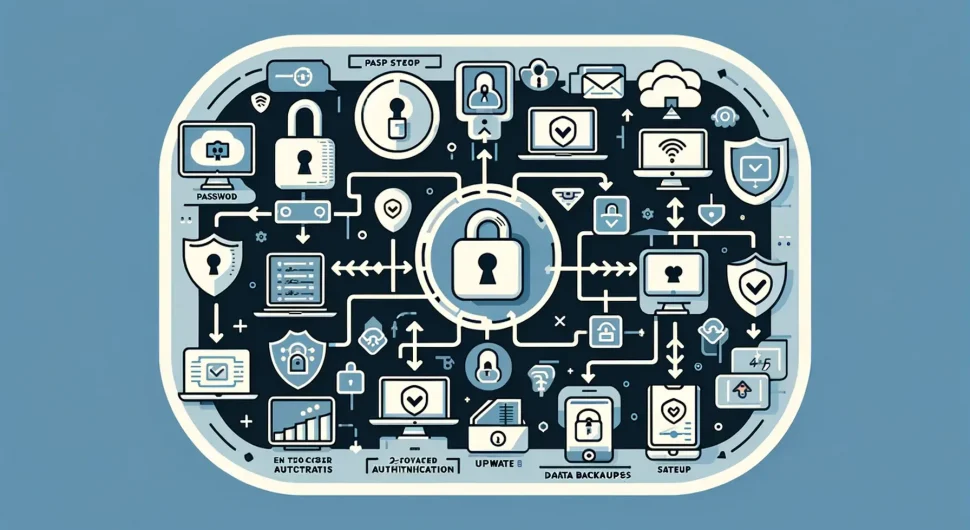In today’s digital age, understanding the fundamentals of cybersecurity is crucial for every small and medium-sized business (SMB) owner. Cyber threats are evolving rapidly, and staying informed is the first step towards safeguarding your business. This beginner’s guide demystifies cybersecurity, breaking it down into simple, actionable steps that SMB owners can implement to protect their digital assets effectively.
Why SMBs are Attractive Targets for Hackers:
What is Cybersecurity?
- Definition: The practice of protecting systems, networks, and programs from digital attacks.
- Goal: To reduce the risk of cyber attacks and protect against the unauthorized exploitation of systems, networks, and technologies.
Common Cyber Threats:
- Phishing: Deceptive emails or messages that trick users into revealing sensitive information.
Malware: Malicious software like viruses, worms, and ransomware designed to damage or disrupt systems. - Hacking: Unauthorized access to data in a system or computer.
Foundational Cybersecurity Measures:
Use Strong Passwords and Authentication Methods:
- Action: Create complex passwords and use multi-factor authentication.
- Benefit: Significantly reduces the risk of unauthorized access.
Keep Software and Systems Updated:
- Importance: Regular updates patch security vulnerabilities.
- Practice: Schedule regular software updates and patch installations.
Educate Employees:
- Strategy: Regular training on cybersecurity best practices.
- Advantage: Employees become aware of potential threats and how to avoid them.
Secure Your Networks:
- Action: Use firewalls and encrypt information.
- Result: Prevents unauthorized access and data breaches.
Regularly Back Up Data:
- Necessity: Regular backups of critical business data.
- Protection: Ensures business continuity in case of data loss.

Advanced Cybersecurity Strategies:
Risk Assessment:
- Process: Identify, analyze, and evaluate cybersecurity risks.
- Outcome: Develop strategies to manage and mitigate these risks.
Cybersecurity Insurance:
- Concept: Protection against financial losses due to cyber incidents.
- Coverage: Helps in recovering from cyber attacks like data breaches or ransomware.
Incident Response Plan:
- Need: A predefined plan for responding to a cybersecurity incident.
- Readiness: Ensures timely and effective handling of security breaches.
Cybersecurity doesn’t have to be complex or overwhelming. By starting with these basic principles and gradually adopting more advanced strategies, SMB owners can effectively protect their businesses from the growing array of cyber threats. Remember, the journey to robust cybersecurity is ongoing, and staying informed and prepared is key to safeguarding your digital assets.



